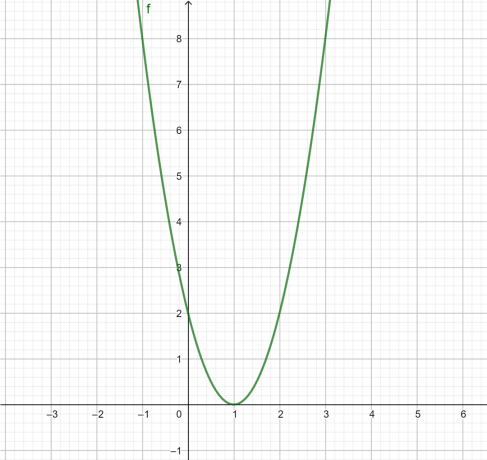Every regular polygon can be inscribed on a circle. When we decompose this polygon, we notice several triangular regions, so if the polygon is decomposed into n triangles, just calculate its area and multiply it by the number of triangles. 
Note: The number of sides of the figure is equal to the number of triangles that make up the figure.
In the pentagon inscribed below we can see that the height of each triangle that composes it corresponds to the apothema of the polygon, we can replace the height h by the apothema a, in the expression that calculates the area of each triangle: 
To calculate the total area, just multiply the expression of the area of each triangle by the perimeter of the polygon and divide by two, as shown in the final expression: 

Let's calculate the area of a regular pentagon, where each side measures 4m.
We have already seen that the pentagon is formed by five triangles and it is worth remembering that in any polygon the sum of the external angles is always equal to 360º. To calculate the apothema of this triangle we must resort to the tangent trigonometric relation. See that the apothema divides the base into two equal parts.


The total area of a pentagon whose side measures 4 meters is 27.5 m2.
by Mark Noah
Graduated in Mathematics
Brazil School Team
plane geometry - Math - Brazil School
Source: Brazil School - https://brasilescola.uol.com.br/matematica/area-um-poligono-regular.htm



